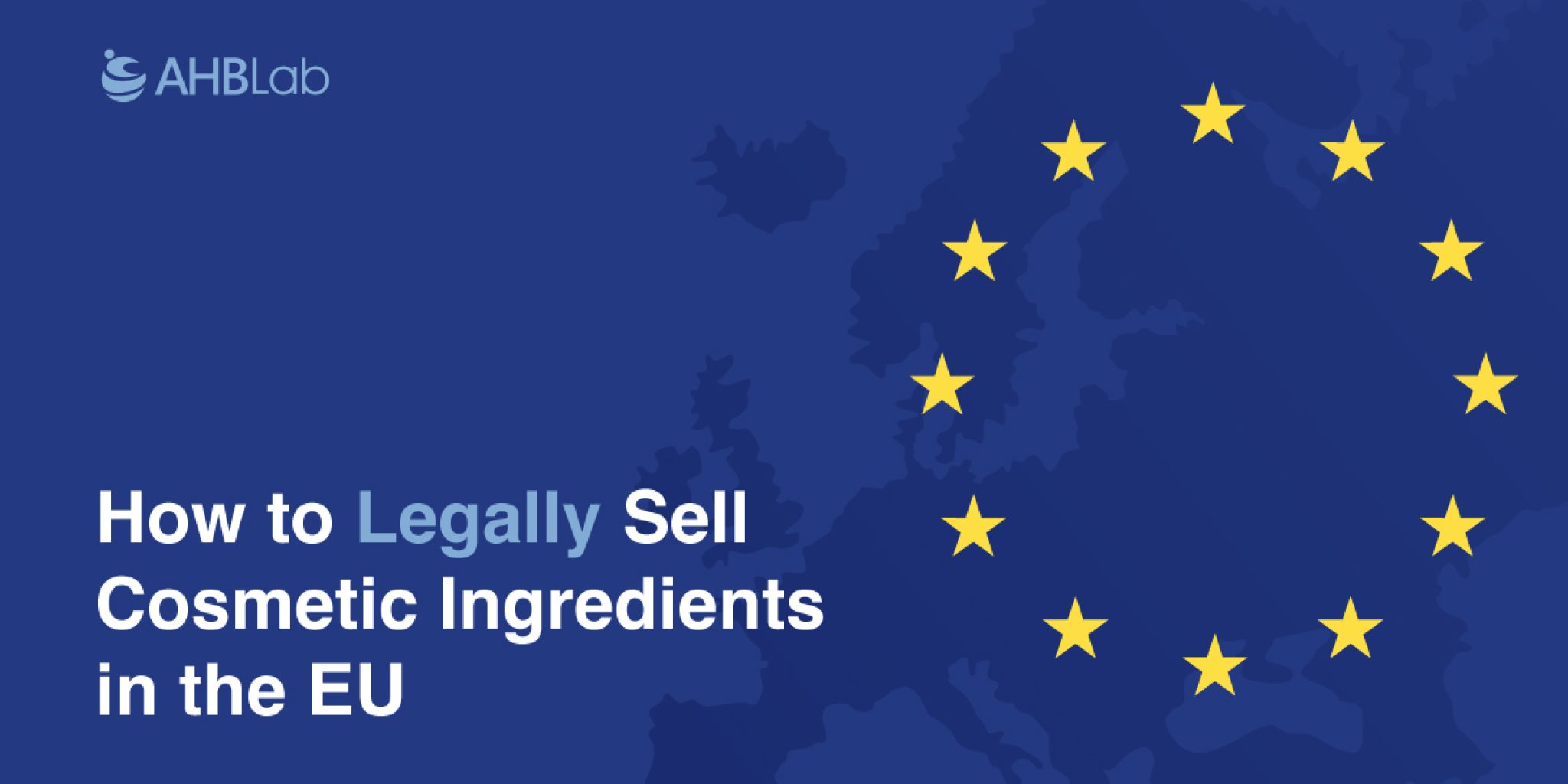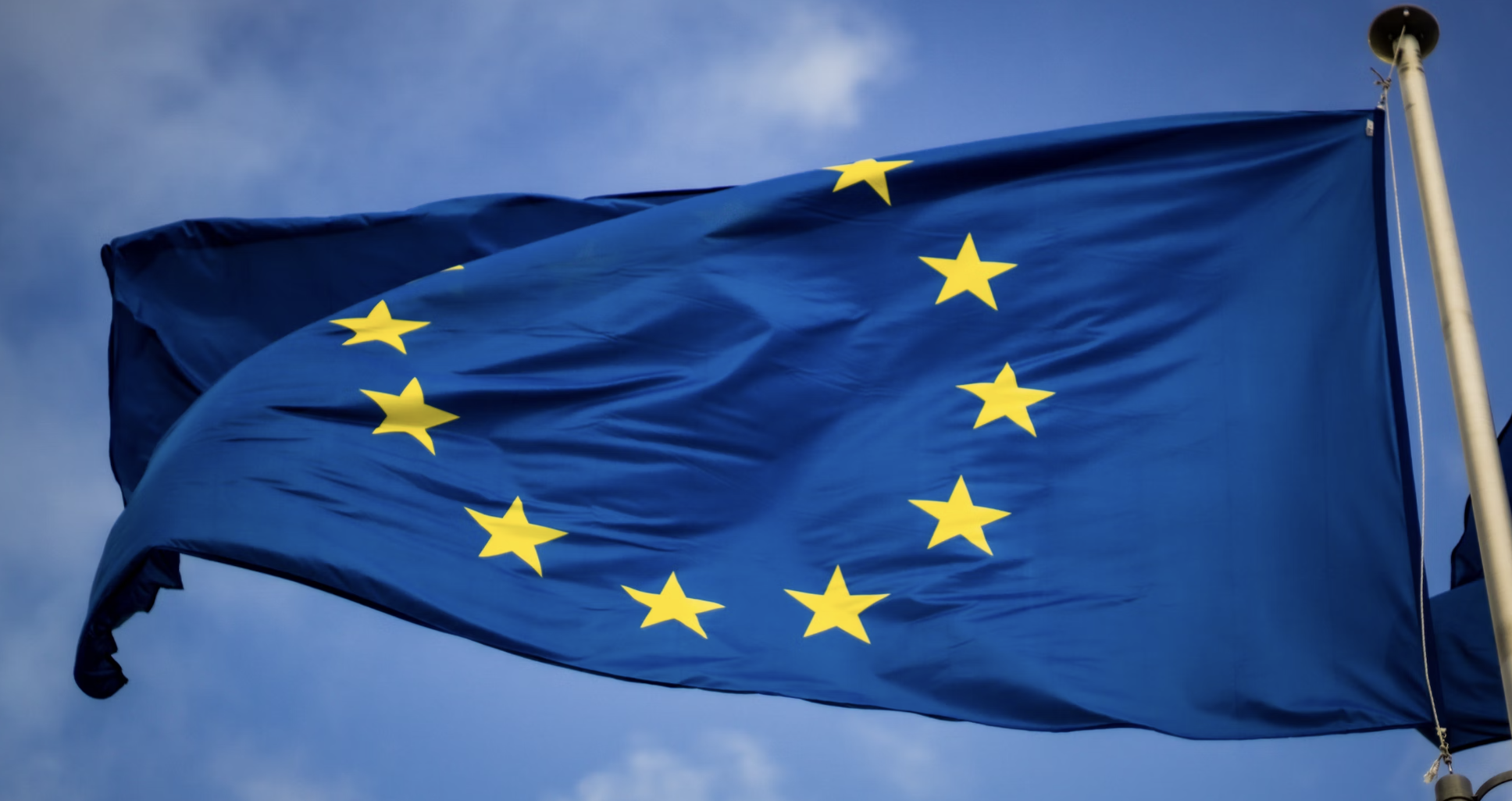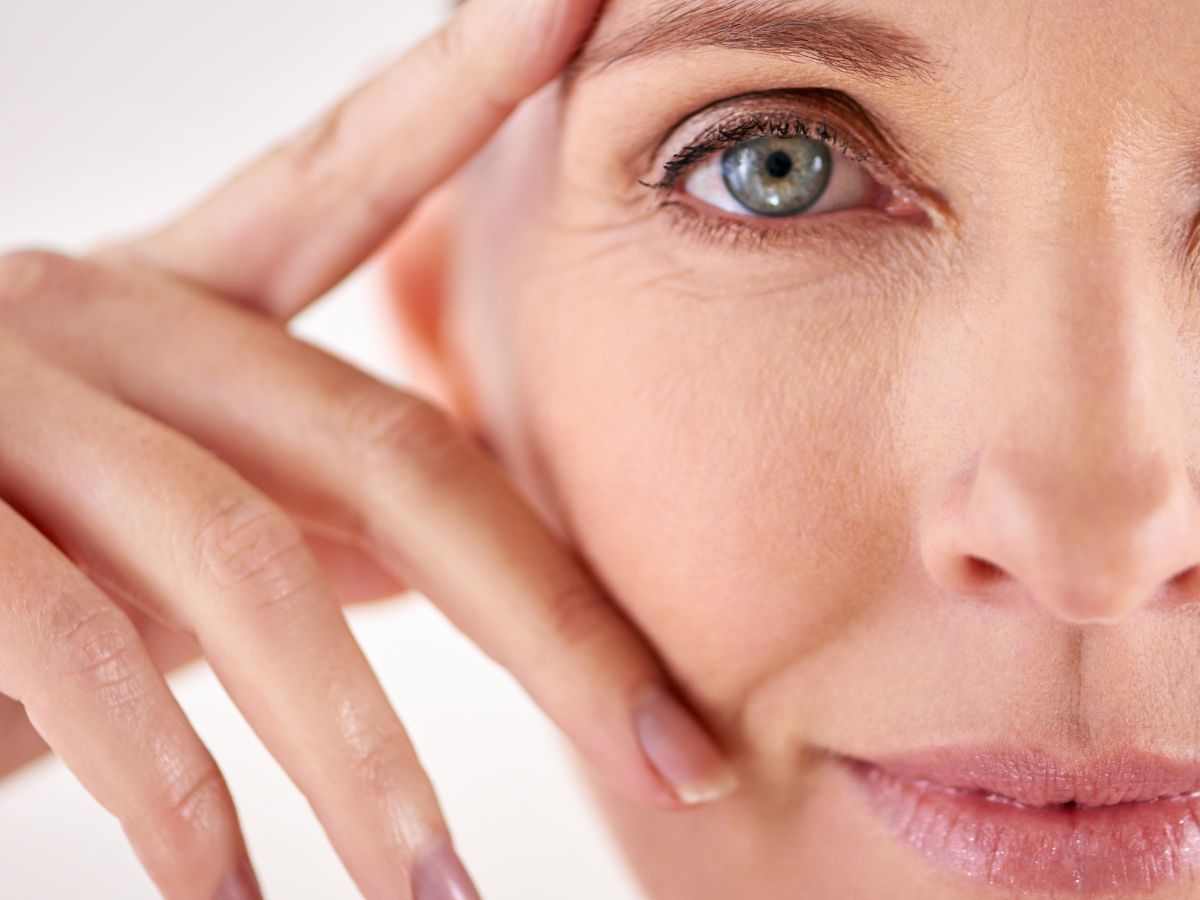Introduction: Selling Cosmetic Ingredients in the EU
Selling cosmetic ingredients in the EU legally can be a tricky problem for new comers in the market, especially for those companies outside the EU. The European Union (EU) stands as one of the world’s most demanding and rewarding markets for cosmetic ingredients. Renowned for its stringent regulations, the EU market is not for the faint-hearted but offers unparalleled opportunities for those who can navigate its complex landscape. Whether you are dealing with specialized ingredients like biosynthetic peptides or more traditional elements, understanding these regulations is crucial. This article aims to be your comprehensive guide, laying out the steps you need to take to ensure that your cosmetic ingredient complies with EU laws, thereby unlocking the immense potential of this market.
The Taiwan-EU Relationship
As a Taiwan-based company looking to enter the EU market, understanding the economic and trade relationships between Taiwan and the European Union is critical. Taiwan may not be an EU member state, but it has a robust trade relationship with the EU, often serving as a springboard to broader international markets. Ensuring that your products adhere to EU regulations will not only facilitate access to European markets but also enhance your brand’s credibility on a global scale.
The Regulatory Landscape: An Overview
When it comes to governing cosmetic products and their ingredients, EU Regulation (EC) No 1223/2009 serves as the cornerstone. This regulation places an array of requirements on manufacturers, such as preparing a product safety report and notifying the EU Cosmetic Products Notification Portal (CPNP) before market placement. Additionally, it outlines stringent labeling requirements and provides a list of banned and restricted substances that all suppliers must adhere to. It’s worth noting that this regulation is continually updated, making ongoing compliance monitoring crucial for long-term success.
Definition of Natural Ingredients
One question that often arises is, “What exactly constitutes a natural ingredient?” According to the EU, natural ingredients are generally derived from plant, animal, or mineral sources. However, the lack of a universally accepted definition often creates room for interpretation, particularly for specialized ingredients like peptides. As such, it’s crucial to consult with legal experts and regulatory bodies to clarify the status of your ingredient.
Is Your Ingredient Natural or Non-Natural?
The classification of your ingredient as natural or non-natural can significantly impact your approach to the EU market. For example, peptides are indeed short chains of amino acids found in proteins across various food sources. However, their biosynthetic nature could categorize them as non-natural, which would subject them to a different set of regulations and scrutiny.
Steps for Natural Ingredients
For ingredients considered natural, the following steps are usually sufficient:
- Product Safety Report: Prepare a comprehensive safety report that includes your ingredient’s toxicological profile, allergen content, and other safety data.
- CPNP Notification: Notify the EU Cosmetic Products Notification Portal before your product enters the EU market.
- Labeling: Ensure your labels comply with EU standards, including listing all ingredients and their functions.
- Responsible Person: Appoint a responsible person within the EU to manage compliance obligations. This person acts as your local representative and takes on legal responsibilities.
- Quality Certifications: Acquiring additional certifications like Sedex, FairTrade, or COSMOS can also provide a competitive edge, particularly when targeting niche markets that prioritize such labels.
Small-Scale Producers
For those who are small-scale producers, particularly those manufacturing less than a ton per year, it’s worth noting that the EU does offer some exemptions and simplified processes. However, the core requirements related to safety and labeling are not relaxed. Therefore, even if your operation is on a smaller scale, you’re not exempt from these critical aspects of compliance. Preparing a product safety report and ensuring accurate labeling are non-negotiable steps you’ll need to undertake.
Additional Steps for Non-Natural Ingredients
For ingredients like biosynthetic peptides considered non-natural, additional steps are often required:
- Scientific Evaluation: Accumulate extensive scientific evaluations and safety data to prove the ingredient’s efficacy and safety.
- REACH Registration: Depending on the volume of production, you may need to register your ingredient under REACH (Registration, Evaluation, Authorization, and Restriction of Chemicals).
- Ingredient Assessment: Ensure your ingredient is not listed under prohibited substances and complies with all restrictions.
- Transparency: Be transparent with buyers by providing them all necessary safety data and studies.
- Marketing and Labeling: Avoid misleading terms like “natural” in your marketing language to maintain integrity and adhere to regulations.
The Role of INCI
Having an International Nomenclature Cosmetic Ingredient (INCI) name for your ingredient is not just a formality but a crucial step in gaining market acceptance. INCI names are universally recognized and provide a standardized identity for the ingredient, which can be essential for global business operations. For companies based outside of the European Union, like those in Taiwan, possessing an INCI name can significantly expedite the market entry process by instilling a sense of credibility and assurance among buyers and regulatory bodies. It’s an important part of your ingredient’s ‘passport’ to the European market and beyond.
The Case for Niche Markets
Organic, natural, and fair-trade markets may be niche, but they are becoming increasingly significant. These markets have their own set of certification standards, but some of them allow for a percentage of non-natural ingredients, provided the overall product meets their criteria. Therefore, if your biosynthetic peptide or other specialized ingredient offers unique benefits, it could still find a home in these niche markets. This opens up a realm of opportunities to market your product as a premium ingredient with specialized benefits.
Consumer Trends
The evolving consumer trends in the European Union increasingly value transparency, ethical sourcing, and sustainability. Adhering to these values does more than just help with regulatory compliance; it significantly impacts consumer acceptance and brand reputation. In today’s market, consumers are more educated and discerning than ever before. They are likely to scrutinize specialized ingredients, and any steps you take towards greater transparency and sustainability will serve you well in gaining their trust.
Future Developments: Sustainability and Corporate Responsibility
Looking ahead, the EU is making significant strides towards sustainability with initiatives like the European Green Deal and the Corporate Sustainability Directive. While these initiatives primarily impact European companies, their ripple effect extends to suppliers in other countries who are part of the EU supply chain. As such, aligning your practices with these sustainability goals not only makes good business sense but could soon become a requirement for market access.
Legal Consultation
One aspect often overlooked by companies eager to enter the European market is the need for specialized legal consultation. The regulatory landscape is not only complex but also subject to interpretation and change. A legal team well-versed in the nuances of EU cosmetic regulations can be an invaluable asset. They can help navigate the complexities and avoid any costly mistakes or violations that could severely impact your market entry and long-term success.
Conclusion of Selling Cosmetic Ingredients in the EU
Navigating the labyrinthine regulatory landscape of the EU can be a daunting task, but the rewards for those who master it are considerable. Whether your ingredient is natural or not, a deep understanding of and strict adherence to EU regulations will set you on the path to success. With meticulous preparation, ongoing compliance efforts, and a willingness to adapt to future developments, you can ensure that your cosmetic ingredient not only enters the EU market but thrives in it. And if you also have a question about Selling Cosmetic Ingredients in the EU, please contact us to discuss!
ICPPX: A Revolutionary Ingredient for a Broad User Group
Beyond the cosmetic sphere, ICPPX serves a diverse User Group with conditions ranging from Osteoarthritis and Degenerative Arthritis to Tendon Fasciitis, Ligamentitis, and Muscle Ache. Its versatility also extends to treating Sprains and Blood Stasis, making it a truly multi-functional ingredient. Created through cutting-edge biosynthetic processes, ICPPX has an officially recognized INCI name and complies with EU regulations. Whether you’re a cosmetic manufacturer or a healthcare provider dealing with musculoskeletal issues, ICPPX’s broad application and compliance make it a compelling choice for the European market.






